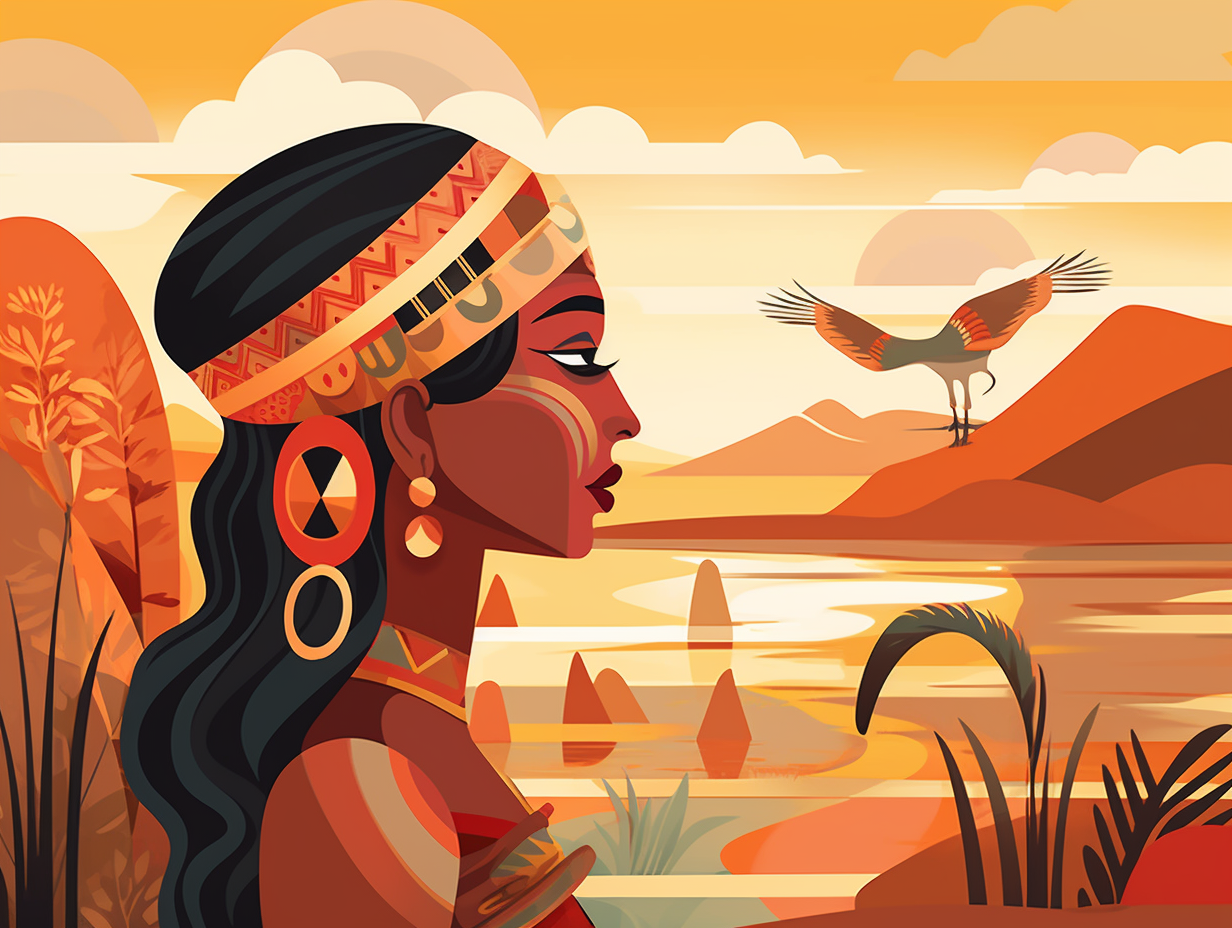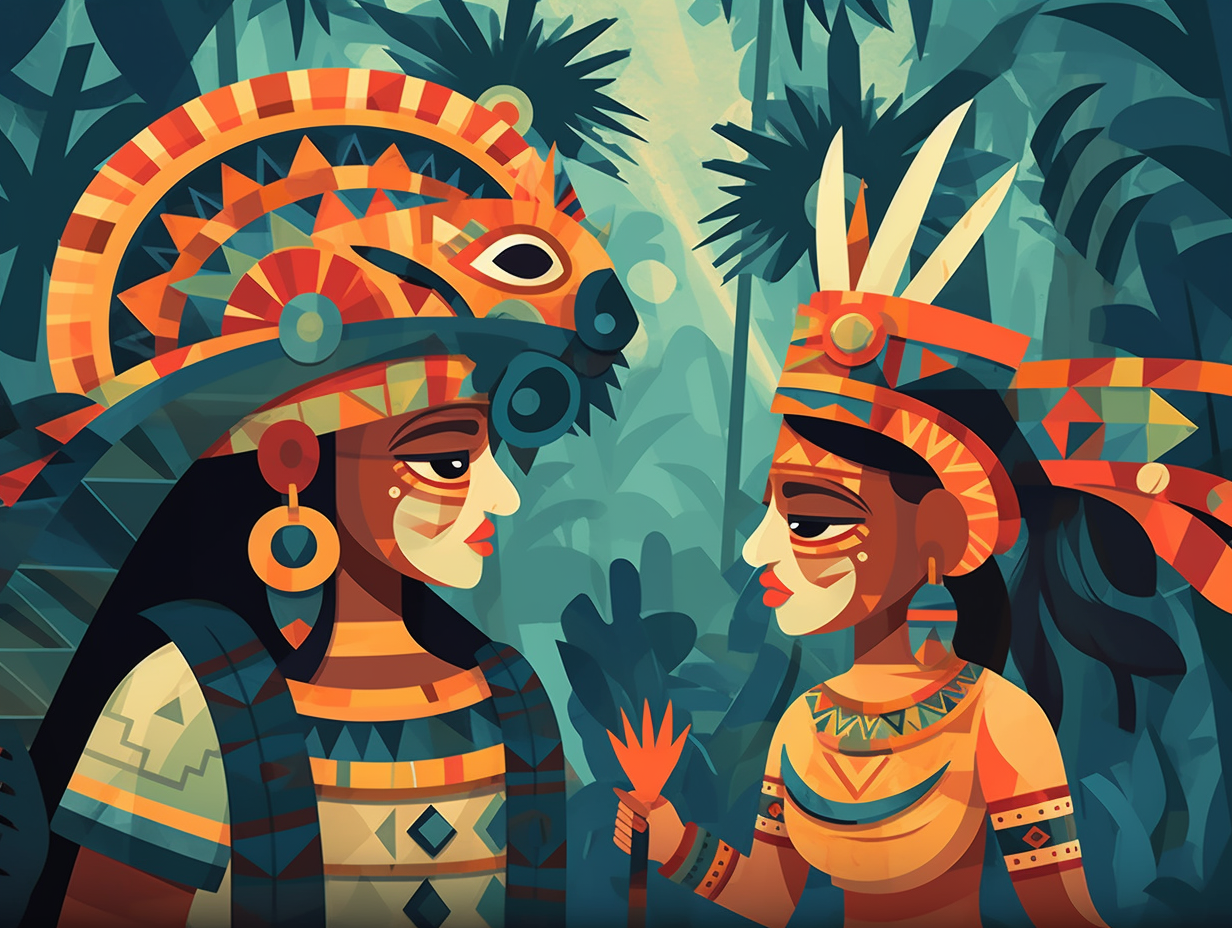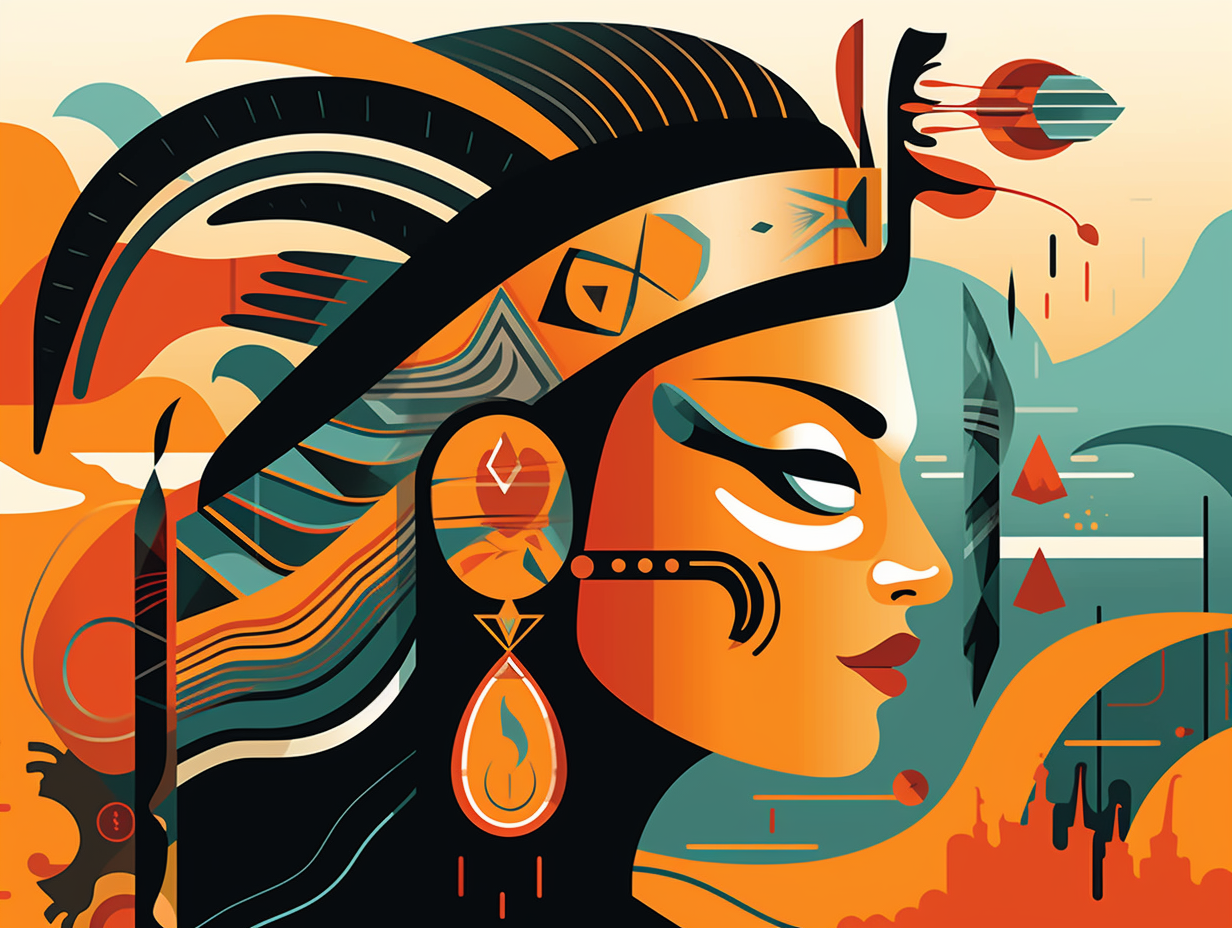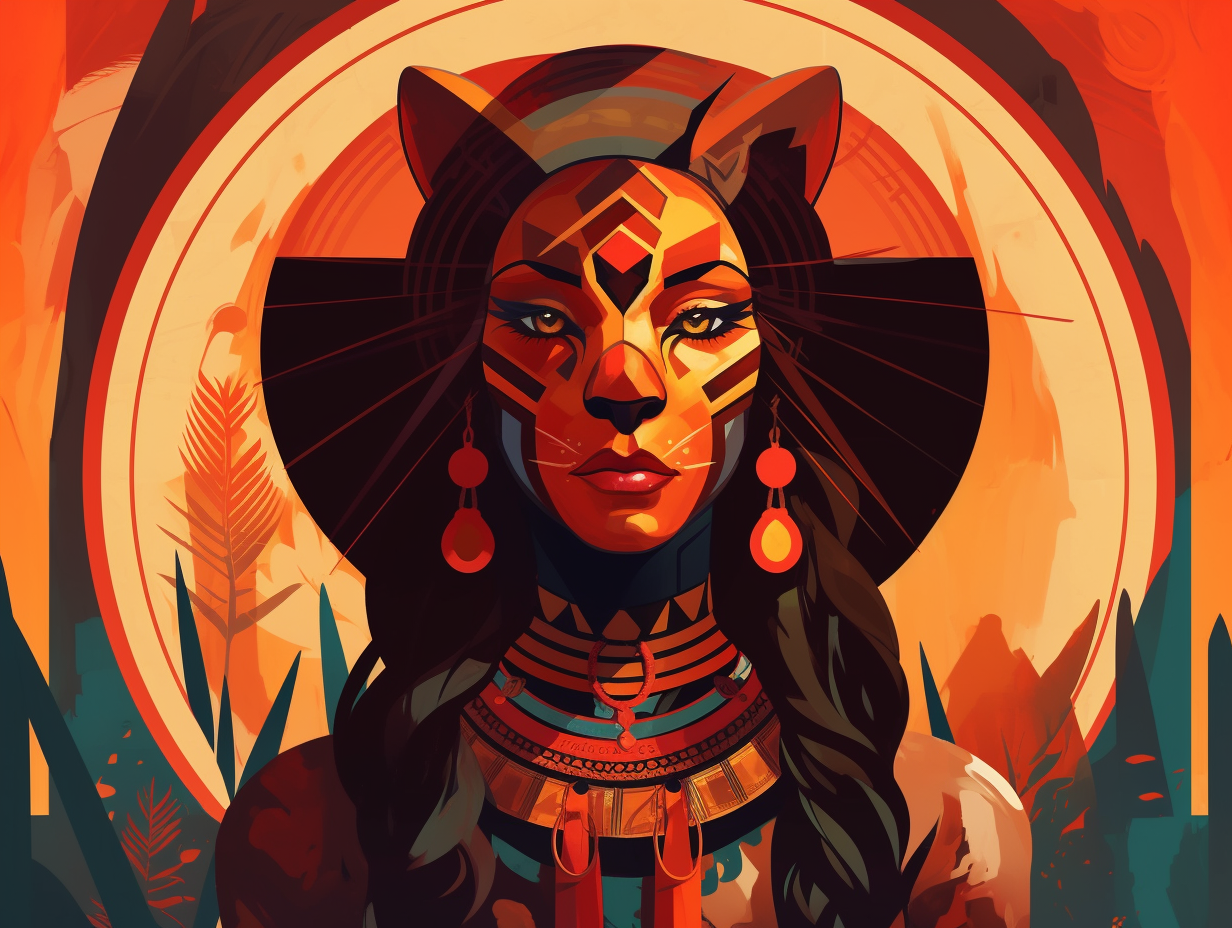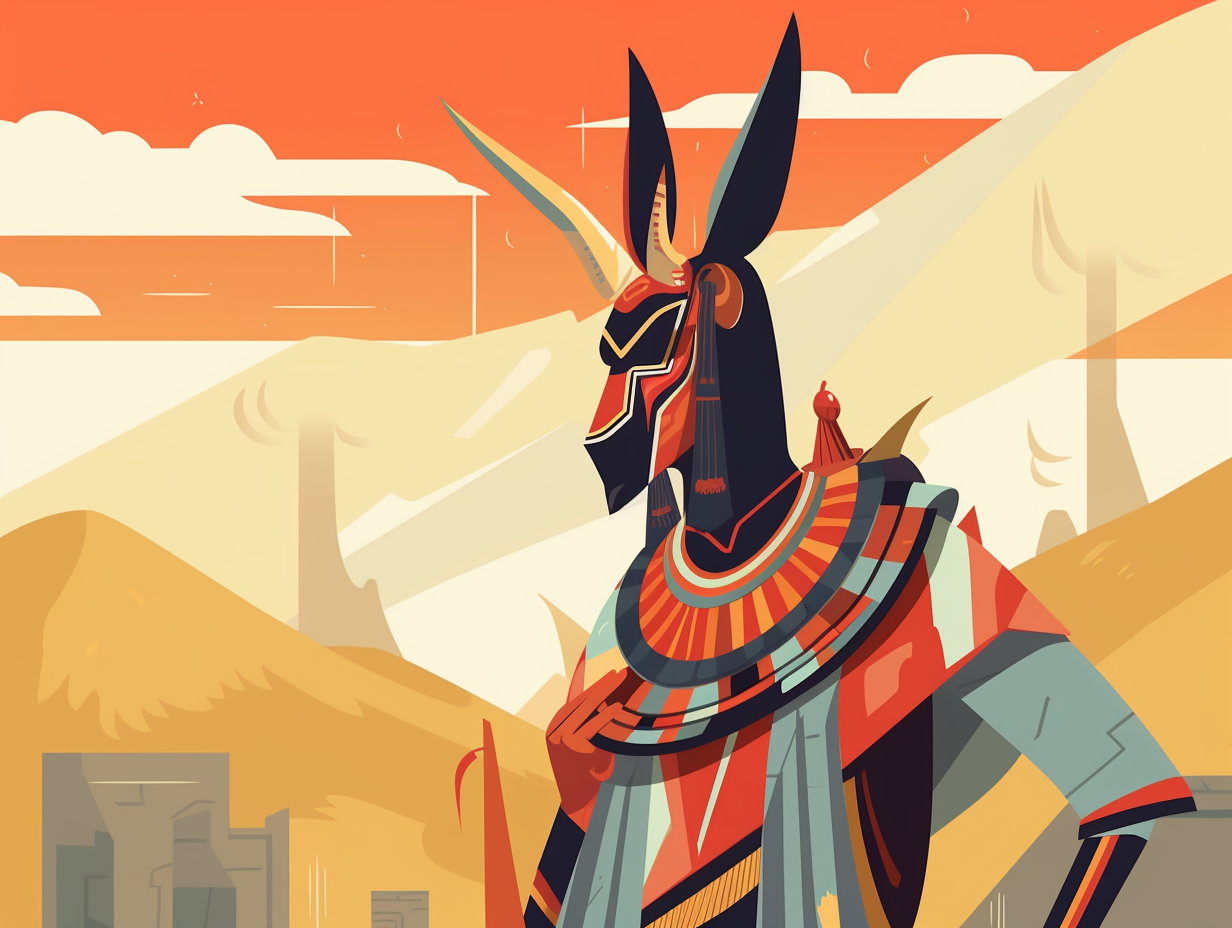Discover the Top 12 Amazing Fun Facts About Ancient India You Never Knew!

1. Library Larger than 3 Hogwarts
Picture this: You're trying to study, but your Uber-librarian keeps buzzing around on a broomstick, muttering about where to shelve the lastest quantum physics best-seller in a library the size of 3 Hogwarts combined! Funny, right? No? Seriously then: Ancient India's Nalanda University had a library so massive, with over 9 million manuscripts covering every imaginable subject, that it required three whole buildings to contain its wealth of knowledge - a resource that was sadly lost to the ravages of time and invasion in the 12th century.
Source => nalanda.nic.in
2. Making Math Cool Before it Was Cool
You may be aghast at the sheer guptitude it takes to count the myriad ways ancient India made math hip before it was cool: The groundbreaking Brahmi numeral system, dating back to the 3rd century BC, evolved into the Gupta numerals and later the stylish Nagari numerals – ultimately giving rise to the modern base 10 place-value system we rely on to crunch numbers like there's no tomorrow.
Source => mathshistory.st-andrews.ac.uk
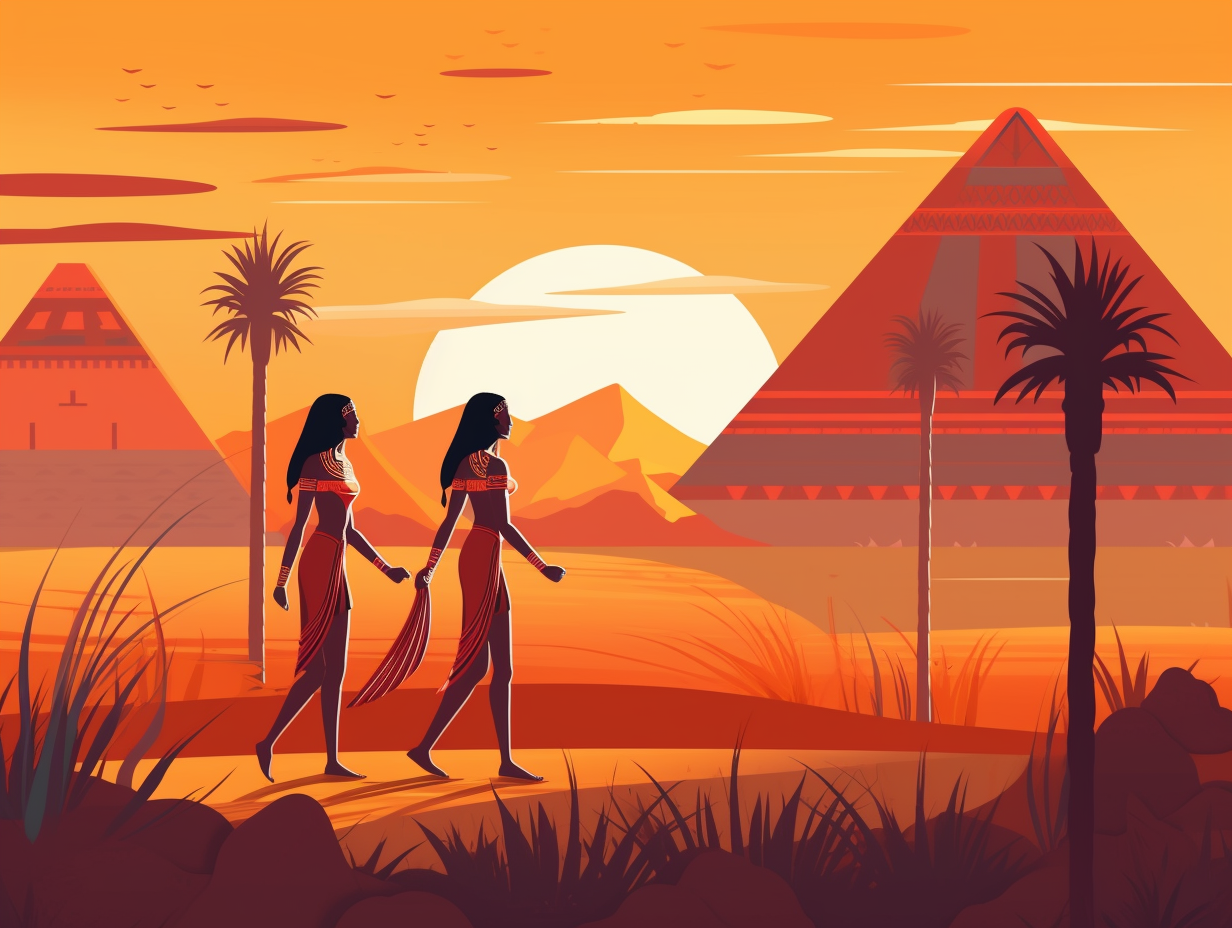
Did you know that the "pharaoh of sunscreen" Franz Greiter invented the sun-defending Glacier Cream in the 1930s, introducing the world to SPF and revolutionizing sun protection? Discover how this invention led to a multi-billion dollar industry! 🌞💡
=> Fun Facts about Egypt
3. The 10,000-Year-Old Yoga Sessions
In a time before downward dogs had anything to do with excitable puppies, ancient India was already twisting itself into pretzel-like positions: Yoga, with roots in the Rig Veda, a sacred text over 5,000 years old, is believed to potentially date back up to 10,000 years, making it one of the oldest practices in the world.
Source => yogabasics.com
4. The Original TSL - Turmeric Spice Latte
Before you grab your favorite PSL, consider going for a TSL instead, a Turmeric Spice Latte: Ayurvedic healers in ancient India knew turmeric was the real star, using it as a natural bug repellent, treatment for skin conditions like eczema, and even as a cosmetic booster for brides. Modern science backs up their turmeric affinity, with studies showing its anti-oxidant and anti-inflammatory properties that can help prevent cancers, Alzheimer's, cystic fibrosis, and hemorrhagic strokes.
Source => india.com

5. Karmic Spiritual Sibling Rivalry
Picture this – the ultimate spiritual sibling rivalry, brewing for centuries in ancient India, a total karmic showdown: Buddhism and Hinduism, while sharing concepts like karma and rebirth, actually differ significantly in their doctrines. Buddhism flips the script, rejecting Hindu ideas of atman and Brahman, yet both religions have shaped each other and Indian culture itself, giving rise to overlapping teachings, terms, and even deities.
Source => en.wikipedia.org
6. Nose Jobs and Ancient Plastic Surgery
When the nose knows it's needed a new look way before nose jobs were even fashionable: Sushruta, an ancient Indian sage, pioneered surgical procedures like rhinoplasty and skin grafts over 2,500 years ago, earning him the title "father of surgery." His insights and instruments are documented in the Sushruta Sahmita manuscript, which continues to shape modern medicine as we know it.
Source => hekint.org
7. Ancient Indian Mathematicians: Who Needs Calculators?
Who needs a calculator when you've got ancient Indian mathematicians to count on?: Ancient India made massive strides in mathematics, including contributions in algebra, trigonometry, and calculus, introducing negative numbers and pioneering key concepts such as sine and cosine functions, along with achieving remarkable pi approximations centuries ahead of their time.
Source => myindiamyglory.com
8. High-Tech Smart Bricks Housing
Who needs bricks when you can have smart bricks? In ancient India, they were stacking up the high-tech housing game: The Indus Valley Civilization was among the first to develop standardized weights and measures, using fire-baked bricks that were uniform in size and moisture-resistant, showcasing unity and efficiently planned municipalities throughout their cities.
Source => khanacademy.org
9. Dancing with the Celestial Bodies - Ancient Astronomy
Ready, set, rotate! Ancient Indian astronomers knew their cosmic dance moves better than the stars of Dancing with the Celestial Bodies: they efficiently tracked the twirls and whirls of our sun, moon, and planets across the sky. Bet you didn't see this cosmic cha-cha coming: not only were they masters in the art of rotation revelation, but they also nailed Earth's diameter almost as accurately as Greek astronomer Eratosthenes, without the help of fancy-schmancy timekeeping devices or standard length units. Now that's astronomical precision!
Source => livemint.com
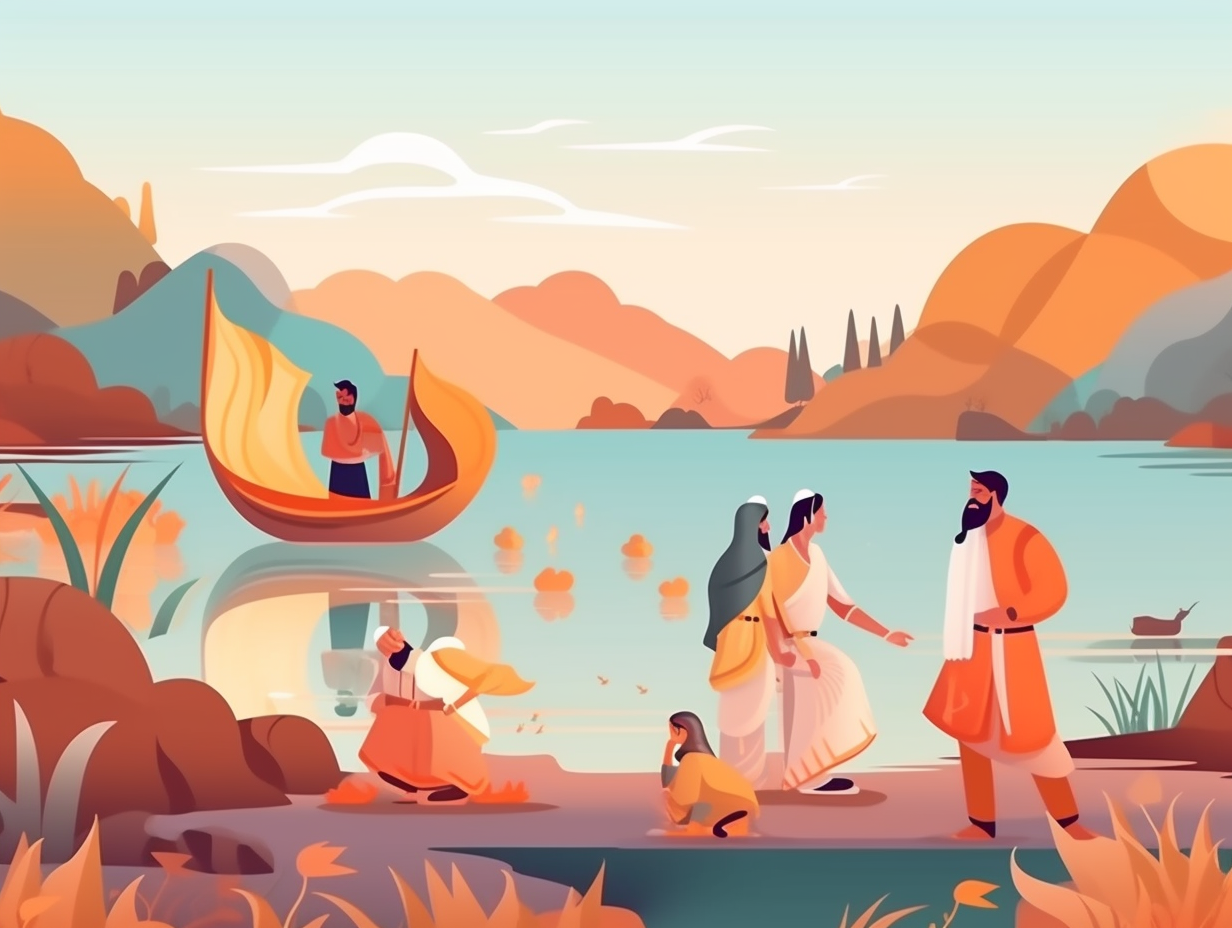
10. Snakes and Ladders: The Moral Game of Ancient India
Before "Snakes on a Plane" terrified moviegoers and "Ladders to Heaven" promised spiritual enlightenment, there was a snakes and ladders game in ancient India that helped kids take some seriously moral strides: Originally known as Mokshapat or Moksha Patamu, this centuries-old game was designed as a sin-slaying, virtue-climbing tool for teaching children about morals, with the squares containing ladders representing virtues and those with snakes symbolizing evil. Invented as far back as the 2nd century BC – but with its authorship contested between anonymous creators or the 13th-century saint, Gyandev – it slithered and ascended its way through the ages before losing its moral compass in modified versions in England and finally reaching the U.S. in 1943 as Chutes and Ladders.
Source => timesofindia.indiatimes.com
11. Flushed Toilets and Ancient Waste Management
Unlike today's "flushable" wipes that plague our plumbing systems, ancient India had their waste management down pat: almost every household in Mohenjo-Daro and Harappa civilizations had a flushed toilet connected to a central drainage network, contributing to a cleaner and more sustainable environment.
Source => scienceindia.in
12. Diamonds: Ancient India's Best Friend
Diamonds are a land's best friend, and ancient India was quite the popular socialite: India provided nearly all of the world's diamonds until 1896, boasting legendary gems such as the Koh-i-Noor, Nizam, Hope Diamond, and Orlov Diamond. Although the sparkle may have dulled a bit today, the Panna region still contributes a modest 37,515 carats in diamond production as of 2013.
Source => en.wikipedia.org
Related Fun Facts

